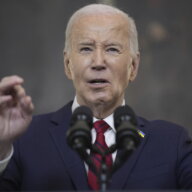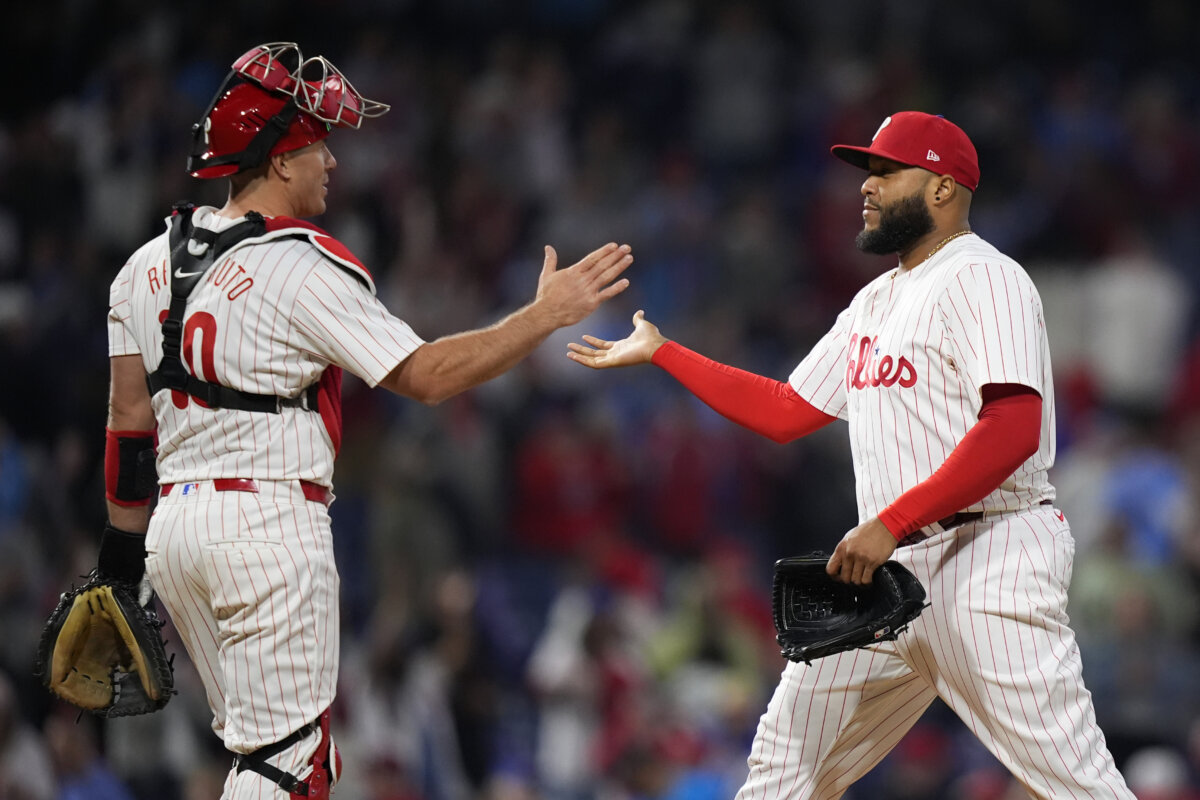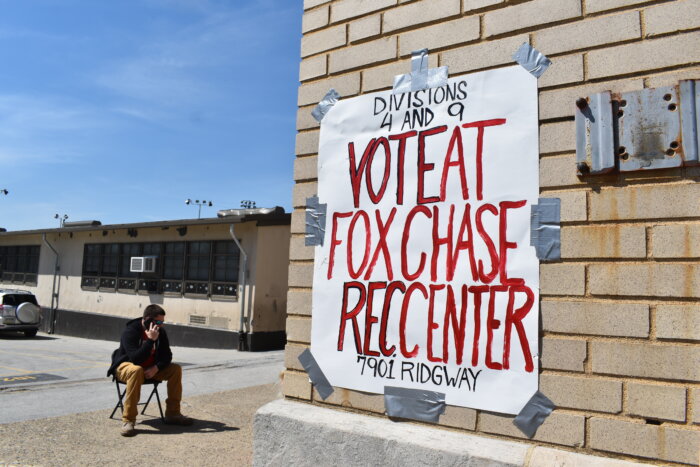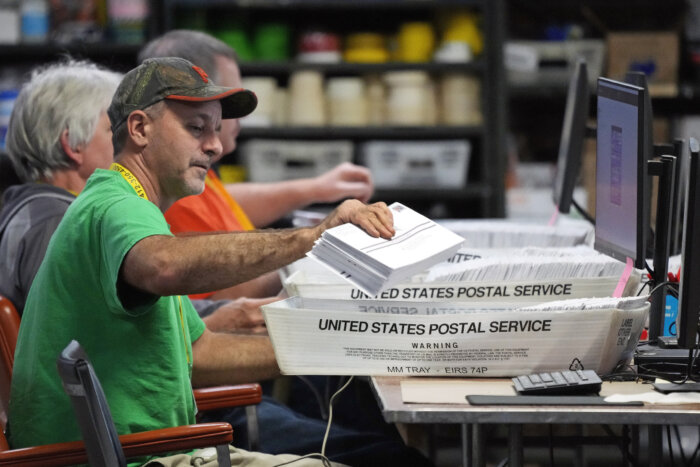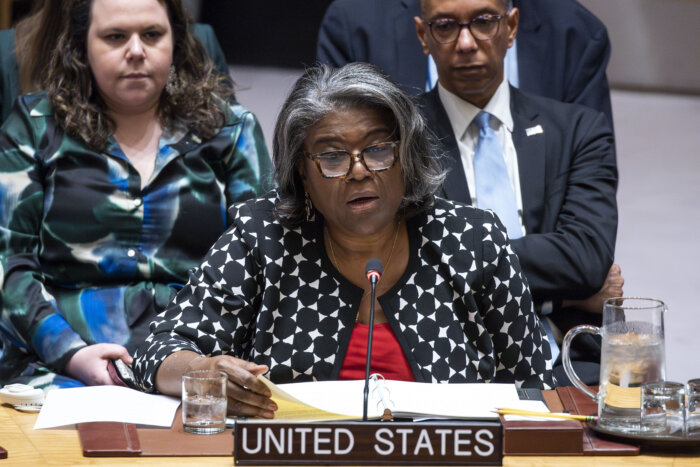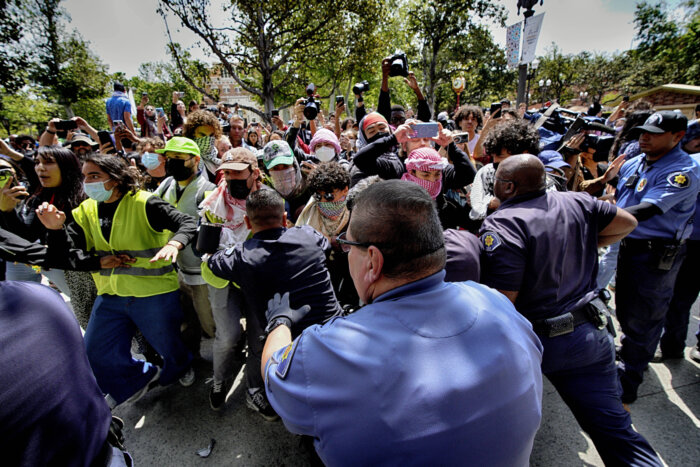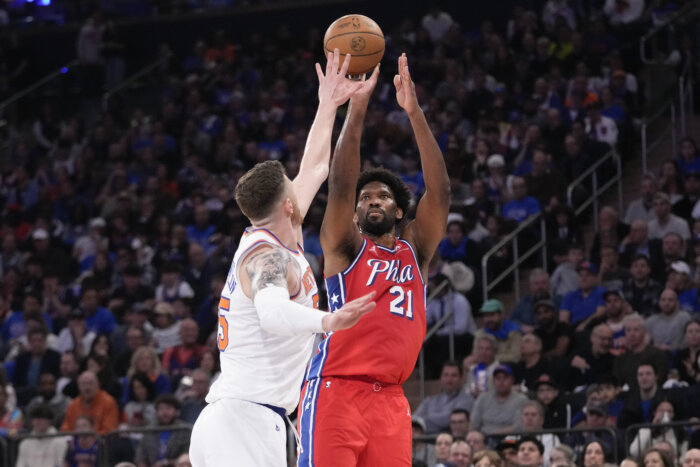Walking through Philly just north of West Girard Avenue, it’s hard to not feel discouraged.On Girard Avenue and below, the neighborhood known as Brewerytown is rapidly gentrifying with new restaurants and homes going up. But on the other side of the trolley tracks closer to Sharswood and Strawberry Mansion, sagging and decaying properties line many blocks, whilevacant land is covered in garbage. Walking through the neighborhood,Tommy Joshua doesn’t seem discouraged at all.
“I’m the product of this decayed neighborhood,” Joshua, 36, said cheerfully. Hespent his childhood in the area and still recalls how he and other kids turned “a desolate urban environment into fun” with games like “chase the trash.” Now, Joshua, a long-time activist who has been involved in the Black Lives Matter and Occupy movements, is concentrating his efforts on renewal through urban farming at the second location of the North Philly Peace Park, a community garden and educational space that he and others set up four years ago. RELATED:North Philadelphia residents stuck in eminent domain ‘game’ After they cleared a vacant lot across from the old Blumberg-Sharswood housing project towers, they started growing crops that they gave away to neighbors —everything from okra and bok choy to collard greens, carrots, broccolli, sage, apples and spinach, Joshua recalled. But things at the park came to a halt in December 2014 when the Philadelphia Housing Authority (PHA) sought to reclaim the land, which it owned, to begin preparing to build new homes there.
In April 2015, Joshua and what he called the “ragtag group of educators, farmers and revolutionaries” who rallied around the garden were fenced out from their original park — and eventually negotiated a move to a new, smaller patch of green space on the other side of the towers at 22nd and Jefferson streets. The PHA, which broke ground on construction of 57 new units on the land where the original Peace Park stood last August, is still in negotiations with Peace Park members over their use of the new land, a spokeswoman said. But Joshua sees the Peace Park as something much, much bigger: as a prelude of sorts to working to raise North Philly out of poverty.
“Peace Park is the first exhibit,” he said.
RELATED:North Philly Peace Park tries to start over
Joshua, who works as an educator, said as a young person, he recalled living in a “subpar environment that did not match up with the extraordinary and superb character, intentions and aspirations of the people. He described “filthy, hazardous land” as a “a big middle finger to the people.” “We wanted to see a better neighborhood. We wanted to stem the genocide that’s being waged largely through food,” Joshua said.
How does that happen? Well, for starters, according to Joshua, by reclaiming the vacant and unused garbage filled lots that are everywhere in North Philly, by cleaning them and turning them into pieces of fertile land that can grow food to fulfill the needs of people living in a food desert. Another founding member of the Peace Park, Levi Joynes, said “food security” is the driving force.
“Self-sufficiency and preservation of the community — people having food security and the things they need without being in want — is a major part of why I do this work,” Joynes said. “If you have a beautiful space and you have beautiful things going on, children, families, have a sense of camaraderie now. … It instills pride.” With spring around the corner, Peace Park volunteers started setting up a greenhouse at the new park last weekend. Joshua is full of plans for the season, talking about how one 40-foot trailer provide four acres of growing space — four times what the old Peace Park had — and could be used for crops year-round. Could this type of urban farm be replicated on other vacant lots in the city? Can other communities find the energy to clean up and reclaim land and turn it into sources of food and education for the young people? Joshua believes so.
“My job as a leader is to create those conditions. Block by block, heart by heart.”













